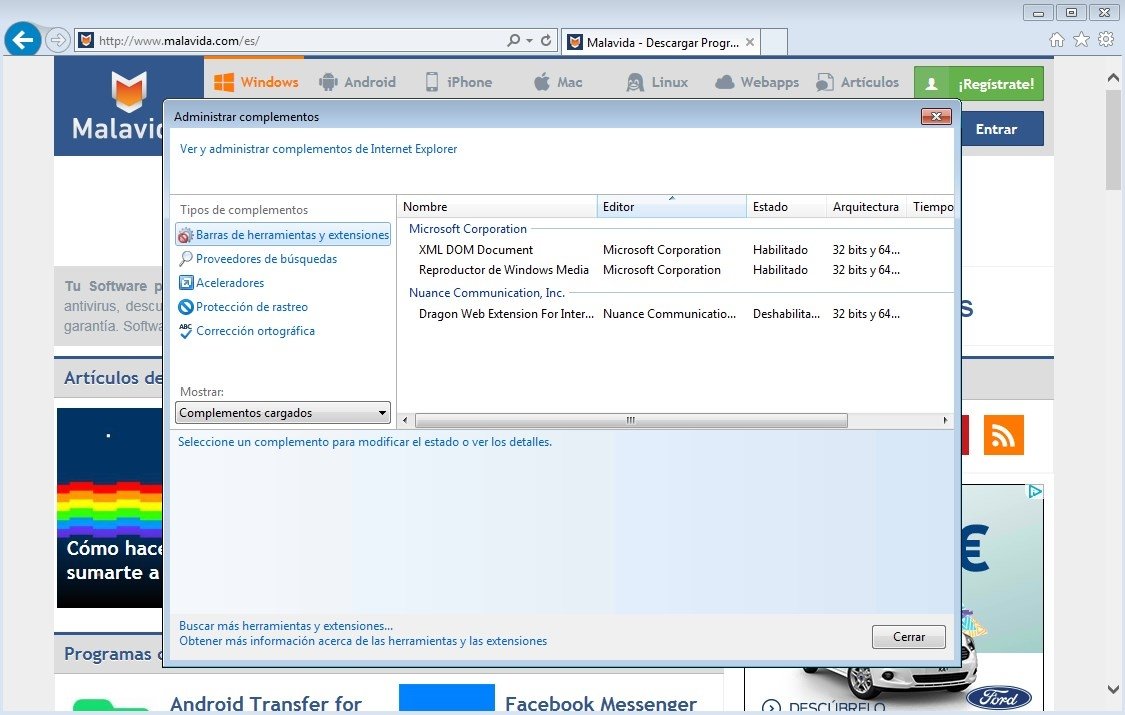Once upon a time, Internet Explorer was the default browser on all Apple Mac devices. Until 2003, when Apple released Safari, which eventually resulted in Microsoft discontinuing any support for Internet Explorer for Mac from 2005 onwards.

After that, the agreement that Apple and Microsoft was dissolved and any download links from official sites were removed. Getting IE or a newer Microsoft browser, Edge, on a Mac, simply isn't possible unless you want to download a potentially risky version from Torrent sites (not recommended).
So unless you are still running Mac OS X 10.6 (Snow Leopard) and earlier versions, you won't be able to get and operate Internet Explorer, and the only versions you might be able to access have been unsupported since 2005.
For anyone with a passing familiarity with computers, that sounds like a major security breach waiting to happen. You don't want to be attempting to run a browser that hasn't benefited from any official support and upgrades for over a decade; so for those who need access to IE, this article is about how to get Internet Explorer for Mac.
Download Internet Explorer 9 - Internet Explorer 9 comes bundled with several improvements that include clean interface, private browsing sessions, pinned tabs, and filter protection against. Internet explorer 9 free download - Apple Mac OS Update 8.1, Intego Mac Internet Security X9, Camino, and many more programs. Internet Explorer for your Mac and ChromeBook Supports Java / Silverlight / Shockwave / Flash Easily switch between Internet Explorer versions (IE7, IE8, IE9, IE10, IE11).

How to get Internet Explorer for Mac?
As we mentioned, IE and Microsoft’s more evolved browser, Edge, is not directly available for Mac users. It isn't as though there aren't plenty of other browsers around, including Safari, Firefox and Chrome.
However, for those who develop apps and web-based technology, it can be useful - if not essential - to view how something is going to look and function on other web browsers, including Internet Explorer. It could be detrimental, especially if you've got users or customers of a web-based product, to launch it with no knowledge or testing of the user-experience across a range of browsers, including Internet Explorer.
Thankfully, there is a way to simulate having Internet Explorer on a Mac without downloading a security risk or using a Mac which is running Snow Leopard. Here is how you can get Internet Explorer on a Mac:
- Open Safari (this can be used to test the browser experience from other operating systems)
- Go to Preferences > Advanced
- At the bottom of this is a checkbox: Tick it: “Show Develop menu in menu bar”
- Now this gives you access to Developer Tools (known as the Develop menu in Safari’s menu bar);
- The Develop Menu is accessible through the top toolbar when Safari is open
- Go to User Agent
- Within that, you should be able to select a number of Internet Explorer and Edge browser versions to experience on a Mac, which should give you the user-experience required to test a new web-based product on those browsers on a Mac
- Whatever website you are on will automatically refresh to mirror an IE or Edge experience, on Mac. Do remember to switch back to Safari after you’ve visited that website using the User Agent option in the Develop menu.
If, for any reason, you need to take the IE experience to the next level on a Mac, you could download a virtual machine (such as VMware Fusion, which has a Windows license), therefore creating a Microsoft environment on a Mac, which would allow you to download Internet Explorer.
Before you do that, it can be useful to make sure your Mac is running at peak performance and not cluttered up with unwanted system junk. Here is how you can do that:
- Download CleanMyMac X (for free, here)
- Click on the Systems Junk tab
- Once your systems have been scanned, you can safely delete anything taking up space and slowing your Mac down.
Run Internet Explorer on a virtual machine
For those who need to take this one step further, here is how you can use Internet Explorer and run other Microsoft programs.
- Buy and download virtual machine software (such as VMware fusion)
- Now download a Windows ISO file (from the relevant Microsoft website)
- Launch VMware Fusion
- During the installation sequence, click “Create a new custom virtual machine”
- Drag and drop the Windows ISO file into the dialogue window
- Click Finish
- Then relaunch the Virtual Machine
- Now you can download Internet Explorer, Edge and any number of web or app-based Microsoft products.
When you want to go back to running software on macOS, remember to close the virtual machine and revert to your Mac how it usually is. For those who want to improve their overall Mac experience, the app we mentioned - CleanMyMac X - is well worth downloading. CleanMyMac X was created to make your life and work easier, and make your Mac operate as good as new.
System requirements for older versions:System requirements | Older versions of Acrobat (XI, X, 9)
- 1.5GHz or faster processor
- Windows Server 2008 R2 (64 bit), 2012 (64 bit), 2012 R2 (64 bit)†, 2016 (64 bit), or 2019 (64 bit); Windows 7 SP1 (32 bit and 64 bit), Windows 8, 8.1 (32 bit and 64 bit)†, or Windows 10 (32 bit and 64 bit)
- 1GB of RAM
- 4.5GB of available hard-disk space
- 1024x768 screen resolution
- Internet Explorer 11; Firefox (ESR); or Chrome
- Video hardware acceleration (optional)
- Adobe Acrobat Reader: iOS, Android, Windows Phone
- Adobe Scan: iOS, Android
- Adobe Fill & Sign: iOS, Android
- Adobe Sign: iOS, Android
These requirements apply to the Acrobat Pro DC subscription plan and are in addition to the requirements listed above.
- Microsoft Windows 10 using Internet Explorer 11, Firefox, or Chrome
- Microsoft Windows 8 using Internet Explorer 10 or later, Firefox, or Chrome
- Microsoft Windows 7 using Internet Explorer 8 or later, Firefox, or Chrome
- Microsoft Windows Vista using Internet Explorer 8 or 9, Firefox, or Chrome
- macOS v10.12 or later using Safari 10 or later, Firefox, or Chrome

* * The Send for Signature tool – which is included with Acrobat Pro DC subscription plans – relies on cloud services provided by Adobe Sign and has unique browser requirements. View requirements.
macOS
Acrobat Pro DC (Acrobat Standard DC is not available on macOS)
- Intel processor
- macOS v10.12, macOS v10.13, macOS v10.14, or macOS v10.15*
- Safari 10.0 or 11.0 (browser plug-in for Safari supported on 64-bit Intel processor only)
- 1GB of RAM
- 2.75GB of available hard-disk space
- 1024x768 screen resolution
*For details, refer to Acrobat compatibility with macOS 10.15 Catalina.
Note:
Pre-August 2019 versions of Acrobat DC, Acrobat 2017, and Acrobat 2015 applications cannot be licensed on macOS 10.15 Catalina. Adobe recommends customers updating their Acrobat DC, Acrobat 2017, or Acrobat 2015 to the latest release. To update from within the application, on the Help menu, choose Check for updates and follow onscreen instructions to complete the update process.
- Adobe Acrobat Reader: iOS, Android, Windows Phone
- Adobe Scan: iOS, Android
- Adobe Fill & Sign: iOS, Android
- Adobe Sign: iOS, Android
These requirements apply to the Acrobat Pro DC subscription plan and are in addition to the requirements listed above.
- Microsoft Windows 10 using Internet Explorer 11, Firefox, or Chrome
- Microsoft Windows 8 using Internet Explorer 10 or later, Firefox, or Chrome
- Microsoft Windows 7 using Internet Explorer 8 or later, Firefox, or Chrome
- Microsoft Windows Vista using Internet Explorer 8 or 9, Firefox, or Chrome
- macOS v10.12 or later using Safari 10 or later, Firefox, or Chrome
Internet Explorer Browser Mac
* * The Send for Signature tool – which is included with Acrobat Pro DC subscription plans – relies on cloud services provided by Adobe Sign and has unique browser requirements. View requirements.
Language versions
Acrobat Pro DC, Acrobat Standard DC
:format(jpeg):mode_rgb():quality(90)/discogs-images/A-251249-1243569678.jpeg.jpg)
The Acrobat DC desktop app is available in the following languages:
Internet Explorer 9 For Mac Download
English French German Japanese Italian Spanish Dutch Brazilian Portuguese Swedish | Danish Finnish Norwegian Simplified Chinese Traditional Chinese Korean Czech Polish Russian | Turkish Hungarian Ukrainian Slovak† Slovenian† North African French ‡ Middle Eastern Hebrew§ Middle Eastern Arabic§ |
†Available on Windows only.
‡The North African French (Français) version is a French application user interface with Arabic/Hebrew right-to left language support enabled by default.
§For Arabic and Hebrew, the application user interface is in English and Arabic/Hebrew right-to-left language support is enabled by default.
The Acrobat Reader mobile app is available in all the above languages except Hungarian, North African French, Slovak, Slovenian, and Ukrainian. Right-to-left language support is not provided.
Browser-based PDF services app is available in these languages: English, Brazilian Portuguese, Danish, Finnish, French, German, Italian, Japanese, Norwegian, Spanish, and Swedish.
Language availability varies when working with features supported by Adobe Document Cloud services. For more information, see Document Cloud Language Tiers.
Internet Explorer 9 For Mac Download Free
Note:
Download Internet Explorer 9 For Mac
Adobe online services are available only to users 13 and older and require agreement to additional terms and the Adobe Privacy Policy. Online services are not available in all countries or languages, may require user registration, and may be discontinued or modified in whole or in part without notice. Additional fees or subscription charges may apply.
More like this

